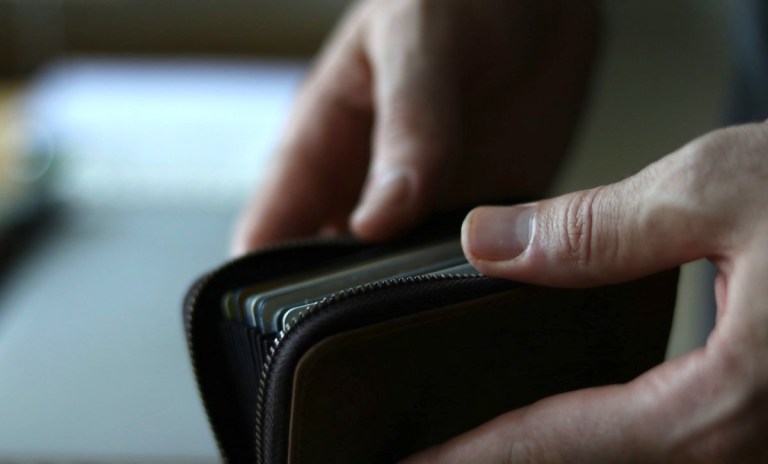Private-Label Card Pressures May Signal Spending Pullback

Where there’s smoke, there’s fire, goes the old aphorism.
In the credit card space, and within the private-label subset of that industry, the flames are not here yet, although wisps are curling from the sector.
The spate of earnings from the likes of Capital One, Synchrony and Discover Financial have given evidence of rising delinquency rates and slowing payment volumes (i.e., payments on the outstanding card loans).
The data also showed where consumers are wielding their cards in-store and online with their favored retailers — and the cards are being used to pay for everyday essentials. PYMNTS Intelligence found last year that private-label options are especially popular with consumers with relatively lower credit scores.
Capital One
The Federal Reserve said last year that private-label card use has been growing in the double-digit percentage points, compounded, over the past several years.
The data showed a widening embrace of using private-label options too. Capital One noted that its domestic card loans were up 5% from a year ago. Capital One, which breaks down various “buckets” (our term) of FICO scores — and where about 30% of consumers are scoring below 660 — noted that its net charge-off rates were about 5.4%. The domestic card portfolio net charge-off rates were up from 4.4% in the third quarter and up from 3.2% a year ago.
On a conference call with analysts, CEO Richard Fairbank noted that “based on the stability we’ve seen in our delinquencies since August and extrapolating from our current delinquency inventories and flow rates, we believe the charge-off rate is stabilizing now and settling out to about 15% above 2019 levels.”
Synchrony
Synchrony noted in its own earnings results that its average active accounts were up 5% year on year to 71.5 million. Purchase volumes were up 3%. Consumers have been spending on health and wellness items and services, as that segment saw loan receivables grow by 19%. Diversified and value — which includes everyday discretionary items — saw receivables grow by 11%. Earnings supplementals showed that prime and super-prime credit-rated consumers remain two-thirds of the book. Net charge-offs were 5.6%, compared to 3.5% a year ago.
CEO Brian Wenzel said during a call, in response to consumer credit metrics: “It’s important to note that when you look at both the 30-plus and the 90-plus delinquency rate that is in the fourth quarter, they’re only 12 basis points and 4 basis points, respectively, over the three-year average from 2017 to 2019.”
Management said credit losses are expected to peak during the first half of the year with net charge-off rates at around 5.75% to 6%.
Discover
Discover saw its card loan balances grow by 13% year over year while payment rates slowed. The net charge-off rate came in at 4.7%, up from about 4% in the third quarter and 2.4% last year.
As to whether the spending will hold up, the latest U.S. consumer confidence data from The Conference Board released Tuesday (Jan. 30) revealed: “Buying plans dipped in January, but consumers continued to rate their income and personal finances favorably currently and over the next six months.”
Year-ahead inflation expectations stand at 5.2%, while 16.4% of consumers expect their incomes to increase, down from 18.3% in December.
The picture may be a bit mixed, then, for card spending — with inflation still on the radar, and delinquencies rising — at least in the near term, including in the private card arena.